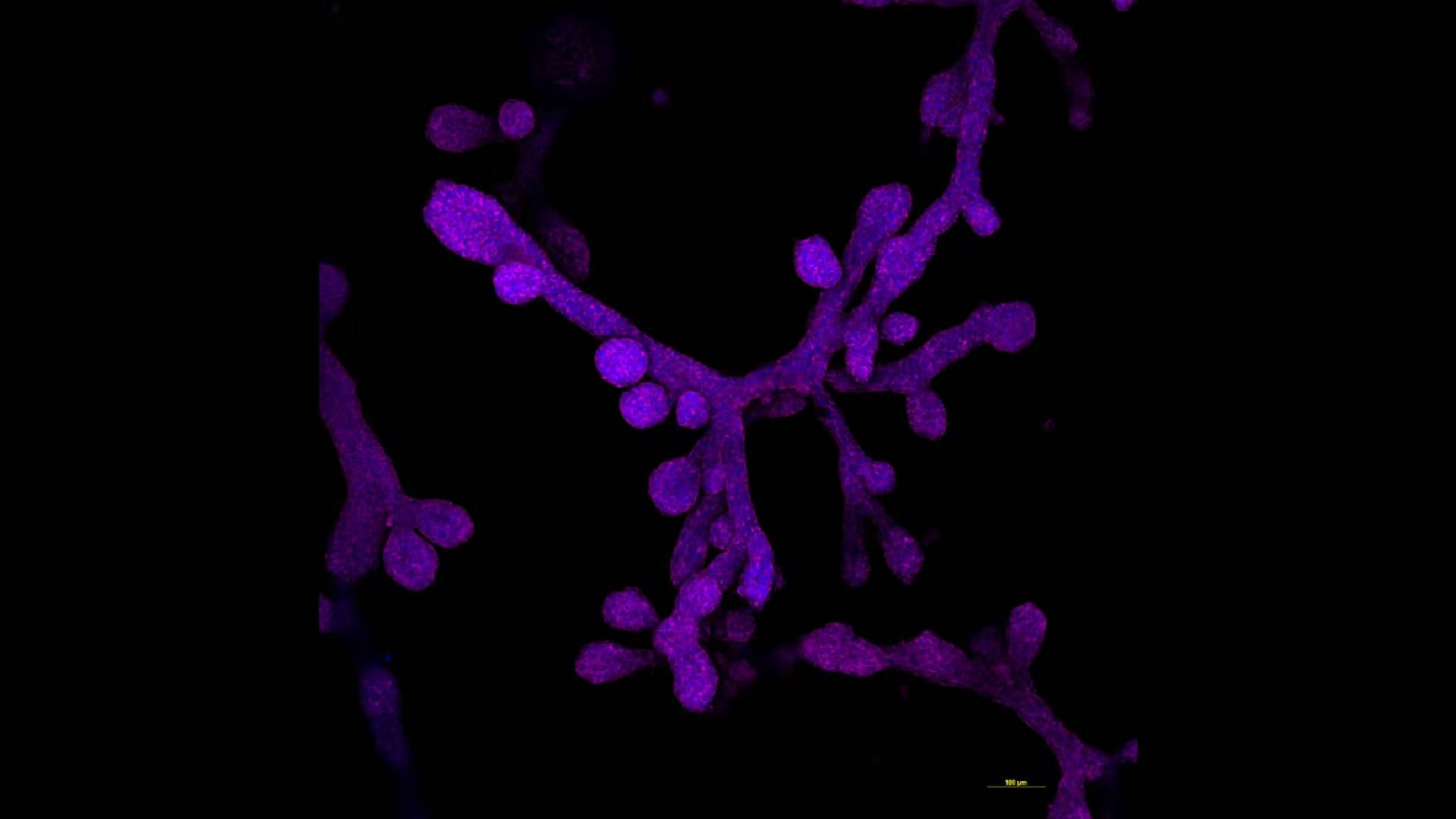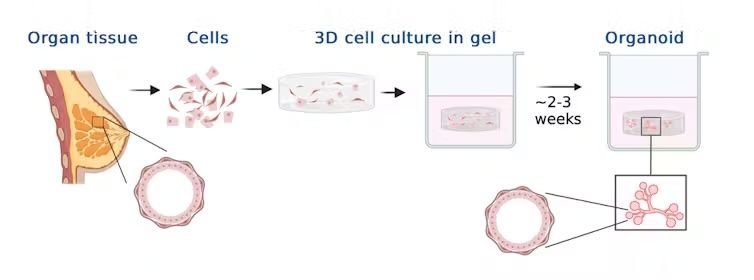Researchers have grown these "breasts" in the lab
Follow us on Google News (click on ☆)

Here is an image of a rabbit mammary gland organoid. Organoids are created from stem cells coaxed into becoming specific organ cells.
Credit: Rauner Lab/Tufts University, CC BY-ND
Organoids are not mere replicas of organs. They are three-dimensional structures, derived from stem cells, that mimic both the structure and function of actual organ tissues. Unlike traditional two-dimensional cell cultures, organoids offer a complexity similar to that of living tissues, allowing scientists to study complex biological processes in a controlled environment.
The diversity of mammals is astounding. Species like monotremes, such as the platypus and echidna, possess distinct mammary glands adapted to unique reproductive strategies. These animals, which lay eggs instead of giving live birth, exhibit mammary glands without nipples, secreting milk through specialized fur. Studying organoids from these species could unveil the evolutionary pressures that shaped these ancient structures.

Mammary organoids mimic the structure and function of real tissues.
Credit: Gat Rauner/Created with BioRender.com, CC BY-SA
Beyond understanding mammary glands, organoids provide insight into tissue regeneration. The mammary gland, which regenerates with each reproductive cycle, serves as an ideal model for studying this phenomenon. Advances in regenerative medicine could emerge from understanding the mechanisms underlying this regeneration, potentially applicable to conditions such as heart disease and diabetes.
The application of organoids to breast cancer research is also promising. Studying organoids from species rarely affected by mammary tumors could reveal protective mechanisms and inspire new strategies for prevention and treatment in humans.
Although organoids are powerful tools, they have limitations. They cannot fully replicate the complexity of living tissues, and discoveries from these studies must be validated in vivo. Nonetheless, organoid technology continues to evolve, providing unprecedented opportunities to explore mammalian diversity and evolution.